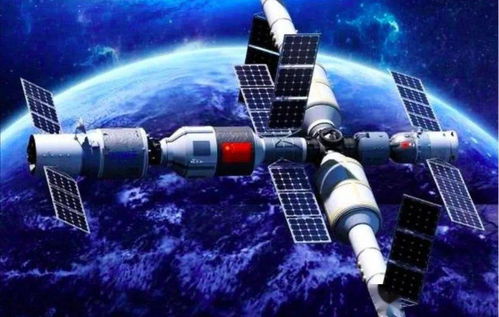
A J

ourney into the World of Space Cooling
Technological advancements have allowed humans to explore space beyond Earth's atmosphere. However, keeping space habitats and equipment cool remains an ongoing challenge. In this article, we will take a journey into the world of space cooling and discover some fascinating facts.
The Need for Space Cooling
Space is a vacuum, which means there is no atmosphere to transfer heat by convection. In addition, there is no wind to carry heat away. Therefore, heat transfer through radiation is the only way to cool down space equipment and habitats. However, heat radiation can also be a challenge because the sun can cause significant temperature fluctuations.
Cooling Systems for Spacecraft
The International Space Station (ISS) provides a habitat where humans can live and work continuously in space. To maintain the ISS's habitable environment and manage the heat generated by the human crew and equipment, a sophisticated integrated thermal control system (ITCS) is employed. The ITCS uses an external radiator panel to dissipate the heat through radiation to the vacuum of space.
Some spacecraft, like the Hubble Space Telescope, use passive cooling systems. The Hubble Space Telescope uses a passive thermal control system (PTCS) that features radiators coated with a special material that emits heat into space. The material used is a white, silicon-based paint with high infrared emissivity.
Cooling Systems for Astronauts
The temperature experience by astronauts is dependent on the size of the space habitat, the number of people in it, and the equipment in use. Most space habitats are artificially heated, and the heat must be dissipated to ensure that the astronauts do not experience extreme temperatures.
NASA employs "loops" of water that carry excess heat from the interior of a space suit to the exterior, where a radiator panel emits the heat out into space. NASA's Advanced Suit Water Membrane Evaporator (ASWME) is a liquid-cooled garment that adjusts to the astronaut's body shape and absorbs sweat to avoid overheating.
The Future of Space Cooling
Researchers are exploring new technologies and methods to improve space cooling systems continually. One such innovation is the use of thermoelectric materials that utilizes temperature differences to produce electrical energy. The technology has been well established and in use in the automobile industry.
Another promising technology is referred to as "heat pipes." The technology involves a sealed container with a wick-like material that absorbs heat from one end and transports it to the other end by capillary action.
Conclusion
The challenges of space cooling are vast, but the technology has significantly advanced in recent years. The use of integrated thermal control systems and passive cooling systems has allowed humans to remain in space for longer. With continued research and development, the future possibilities of space cooling systems are limitless.